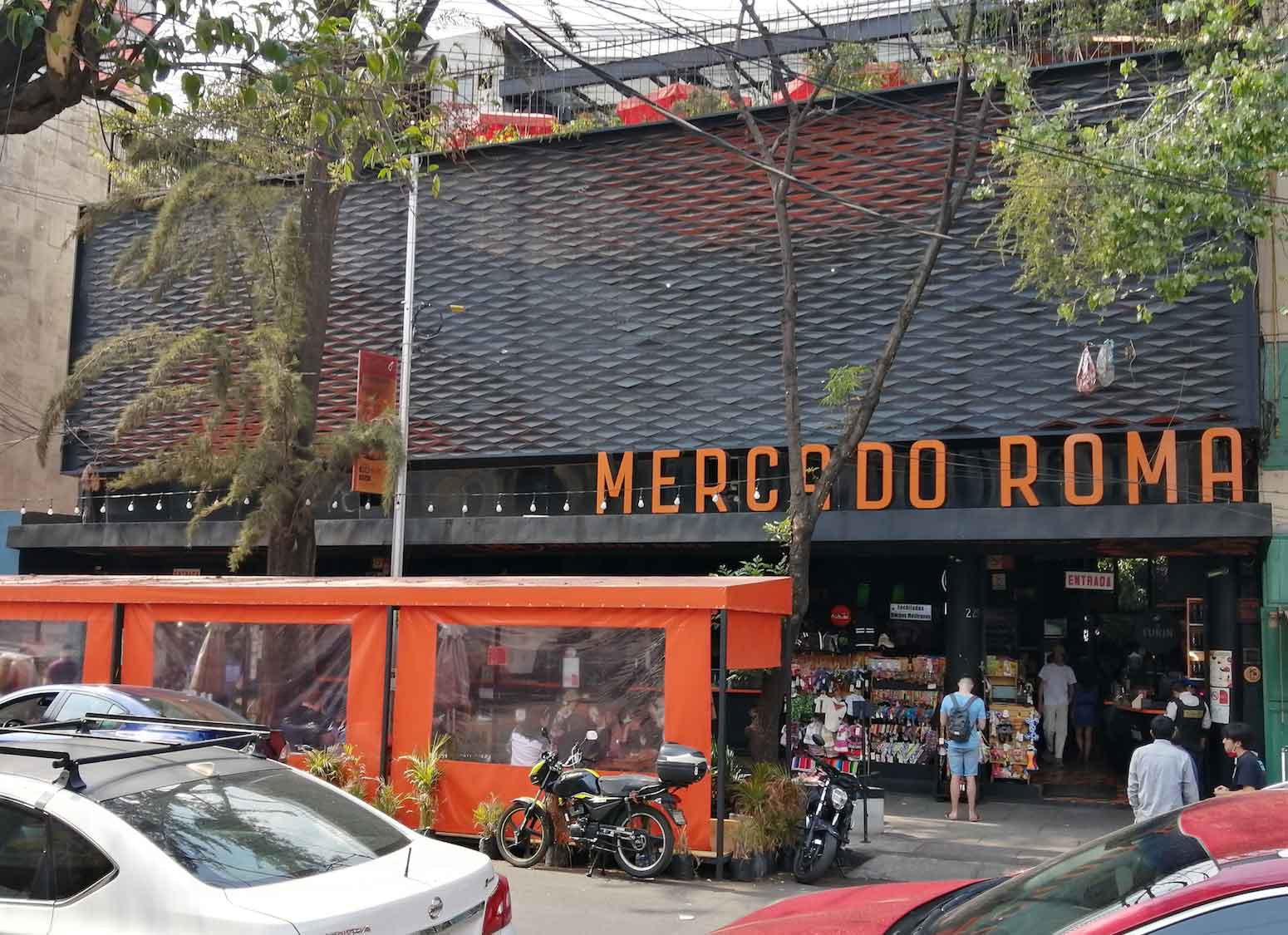The popular supply centers in the neoliberal city
The transformations of traditional markets, period 2013-2021
DOI:
https://doi.org/10.18861/ania.2022.12.2.3284Keywords:
transformation, popular supply centers, processes, models, traditional markets, scales, gentrification, strategies, capitalism, restructurationAbstract
In tune with the processes of transformation of public space in contemporary cities, where actions linked to urban development, typical of neoliberalism, alter and distort the reality in which we find ourselves, this article addresses the current situation in 2013-2021 of popular supply centers, based on studies that reflect diverse perspectives and experiences of researchers.
The main objective of this work is to demonstrate the processes that afflict traditional markets in multiple contexts of the global space and to identify the common aspects that leave evidence od the implementation of set of strategies and solutions used to modify the structure and urban image, and that become convenient models for the commodification of cities as the only answer to urban problems, hiding the sociospatial inequalities, the expansion of poverty, exclusion and the urban violence that these generate.
The exploratory type research is based on a historical-comparative procedure, through which several cases located in different places are reviewed, where the processes of urban and architectural intervention have caused notorious effects, mainly in terms of symbolic, commercial and tourist gentrification. In this way, certain scopes of analysis corresponding to the diversity contexts: international, latin american and mexican, in order to clarify the existing situations.
In conclusion, the common situations in the analysis of these experiences and how they are shaped from neoliberal ideologies are evidenced. Based on the above, it is intended to reflect and rethink the processes of urban restructuring and reconversion of popular supply centers, particularly those cases in which negative impacts on social welfare occur.
Keywords: transformation, popular supply centers, processes, models, traditional markets, scopes, gentrification, strategies, neoliberalism, restructuration.
Downloads
References
Almandoz, A. (Coord.) (2002). Planning Latin America’s Capital Cities, 1850- 1950. Routledge.
Arantes, O. y Montes, A. (2016). Gentrificación estratégica. Revistarquis, 5(1). https://doi.org/10.15517/ra.v5i1.25406
Arantes, O., Vainer, C. y Maricato, E. (2000). A cidade do pensamento único. Desmanchando consensos. Vozes Ltda.
Chaves, C. (2020). Los mercados públicos en la ciudad contemporánea: en búsqueda de caminos para el futuro. En Delgadillo, V. y Niglio, O. (Eds.). Mercados de abasto. Patrimonio turismo gentrificación (pp. 77-94). Aracne.
Chaves, C. y Moraes, F. (2019). Entre o passado e o futuro: o lugar dos mercados no Centro Histórico de Belém. En Silva, L. y Miranda, C. (Eds.). Olhares sensíveis ao centro histórico de Belém. Vivencias e temporalidades (pp. 57-68). NAEA.
Cordero, L. y Salinas, L. (2017). Gentrificación comercial. Espacios escenificados y el modelo de los mercados gourmet. Revista de Urbanismo, (37), 1-12. https://doi.org/10.5354/0717-5051.2017.45735
Florida, R. (2003) Cities and creative class. City and community, 2(1), 3-19. https://doi.org/10.1111/1540-6040.00034
González, S. y Waley, P. (2013). Traditional Retail Markets: The New Gentrification Frontier? Antipode: a radical journal of geography, 45(4), 965- 983. https://doi.org/10.1111/j.1467-8330.2012.01040.x
Harvey, D. (2001). Espacios del capital. Hacia una geografía crítica. Akal.
Harvey, D. (1989). From managerialism to entrepreneurialism: the transformation in ur-ban governance in late capitalism. Geografiska Annaler. Series B, Human Geography, 71(1), 3-17. http://dx.doi.org/10.2307/490503.
Harvey, D. (2005). Spaces of Neoliberalization: Towards a Theory of Uneven Geographical Development. Hettner-Lectures. Franz Steiner Verlag.
Hernández, A. (2015). En transformación… Gentrificación en el Casc Antic de Barcelona [Tesis de doctorado]. Universidad Autónoma de Barcelona. https://www.tdx.cat/handle/10803/310607
Hubbard, P. y Hall, T. (1998). The Entrepreneurial City: Geographies of Politics, Regime and Representation. John Wiley & Sons.
Logan, J. y Molotch, H. (1987). Urban Fortunes- The Political Economy of Place. University of California Press.
Peck, J. y Theodore, N. (2010). Mobilizing policy: models, methods, and mutations. Geoforum, 41(2), 169-174. https://doi.org/10.1016/j.geoforum.2010.01.002
Peterson, R. y Kern, R. (1996). Changing highbrow taste: From snob to omnivore. American Sociological Review, 61(5), 900-907. https://doi.org/10.2307/2096460
Salinas, L. y Cordero, L. (2021). Transformación de los mercados en la Ciudad de México. Reproducción fallida del modelo gourmet. Cuadernos Geográficos, 60(1), 225-243. https://dx.doi.org/10.30827/cuadgeo.v60i1.11419
Téllez, L. (2016). Los mercados de San Juan: bienes colectivos en transformación. Alteridades, (51), 15-27. https://doi.org/10.24275/alte.v0i51

Downloads
Published
How to Cite
Issue
Section
License
Copyright (c) 2022 Dra. Bertha Lilia Salazar Martínez, Mtro. Rodrigo Ramo Díaz, Dr. Luis Arturo Vázquez Honorato, Dra. María Dulce Picanço Bentes

This work is licensed under a Creative Commons Attribution 4.0 International License.
The journal and its contents are licensed under the Creative Commons - Attribution 4.0 International License (CC BY 4.0). It is possible to copy, communicate and publicly distribute its content as long as the individual authors and the name of this publication are cited, as well as the publishing institution (Universidad ORT Uruguay).

